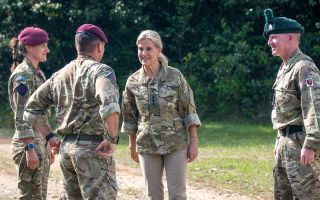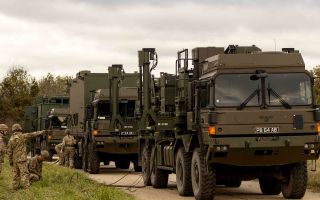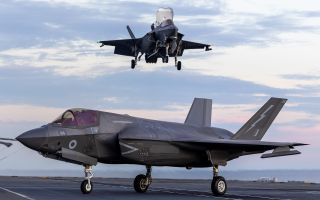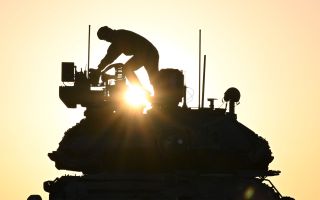Exciting times ahead as Royal Corps of Signals Squadron transitions to Gurkha unit
A new chapter has begun for the Brigade of Gurkhas as 220 Signal Squadron formally transitioned to become 243 Gurkha Signal Squadron in a redesignation parade at Swinton Barracks.
The milestone follows a long period of restructuring, known as Operation Sherpa, which aimed to expand the Gurkha presence within the Royal Corps of Signals.
"Today's been the culmination of over seven years of work with Operation Sherpa, where we've seen a Royal Signals squadron transform into a Queen's Gurkha Signal Squadron," said Major Steven McNeillie, the Officer Commanding of the newly formed unit.
- Sappers' performance of corps song is more than just words, says Gurkha captain
- Queen's Gurkha Signals trainees take next step in Army career at attestation parade
- Be proud of both the British Army and Nepal, Duke of Edinburgh tells new Gurkha recruits
Over the past year, more Gurkha soldiers were transferred into the squadron to complete the transformation.
This marks the end of 33 years of history for 220 Signal Squadron, which has now stood down.
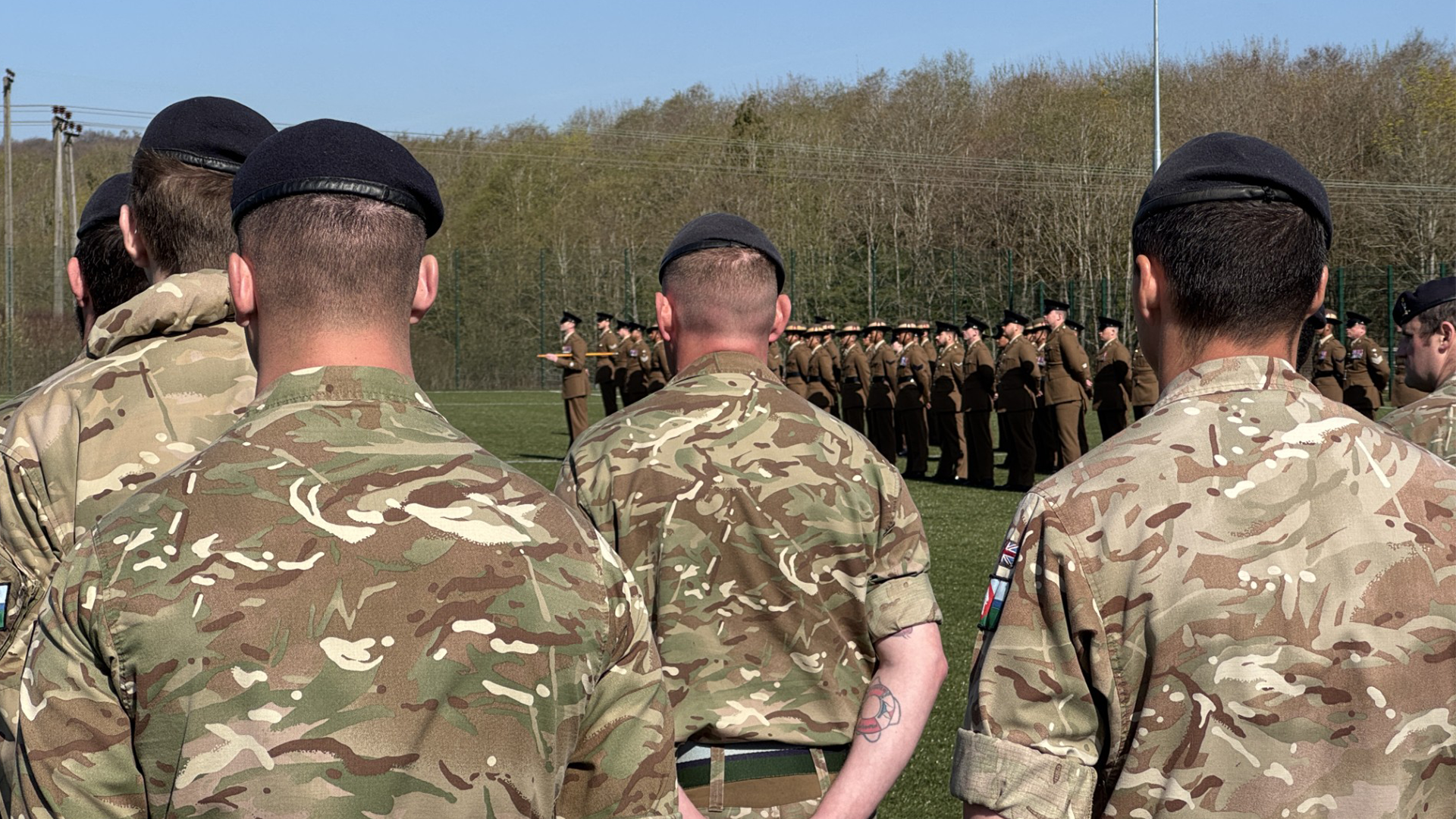
Major McNeillie added: "This is very significant. This is our seventh field squadron of the Queen's Gurkha Signals, and it starts our history as a Gurkha Signal Squadron."
Brigadier Mike Fayers, Colonel of the Regiment, Queen's Gurkha Signals, was present to inspect the parade and address the troops.
"Exciting times ahead," he said. "Self-evidently, we live in a changing world and dangerous times for European security.
"And you will find yourselves in the thick of it. Your role will be key in deterring Putin in the Baltics on Op Cabrit."
The restructuring reflects a wider effort to boost the British Army's strength by increasing its intake of Gurkha soldiers, who are recruited from Nepal.
"There's no finer soldier than a Gurkha soldier," said Major McNeillie. "They are highly, highly motivated… it's the top one percent of their nation."


